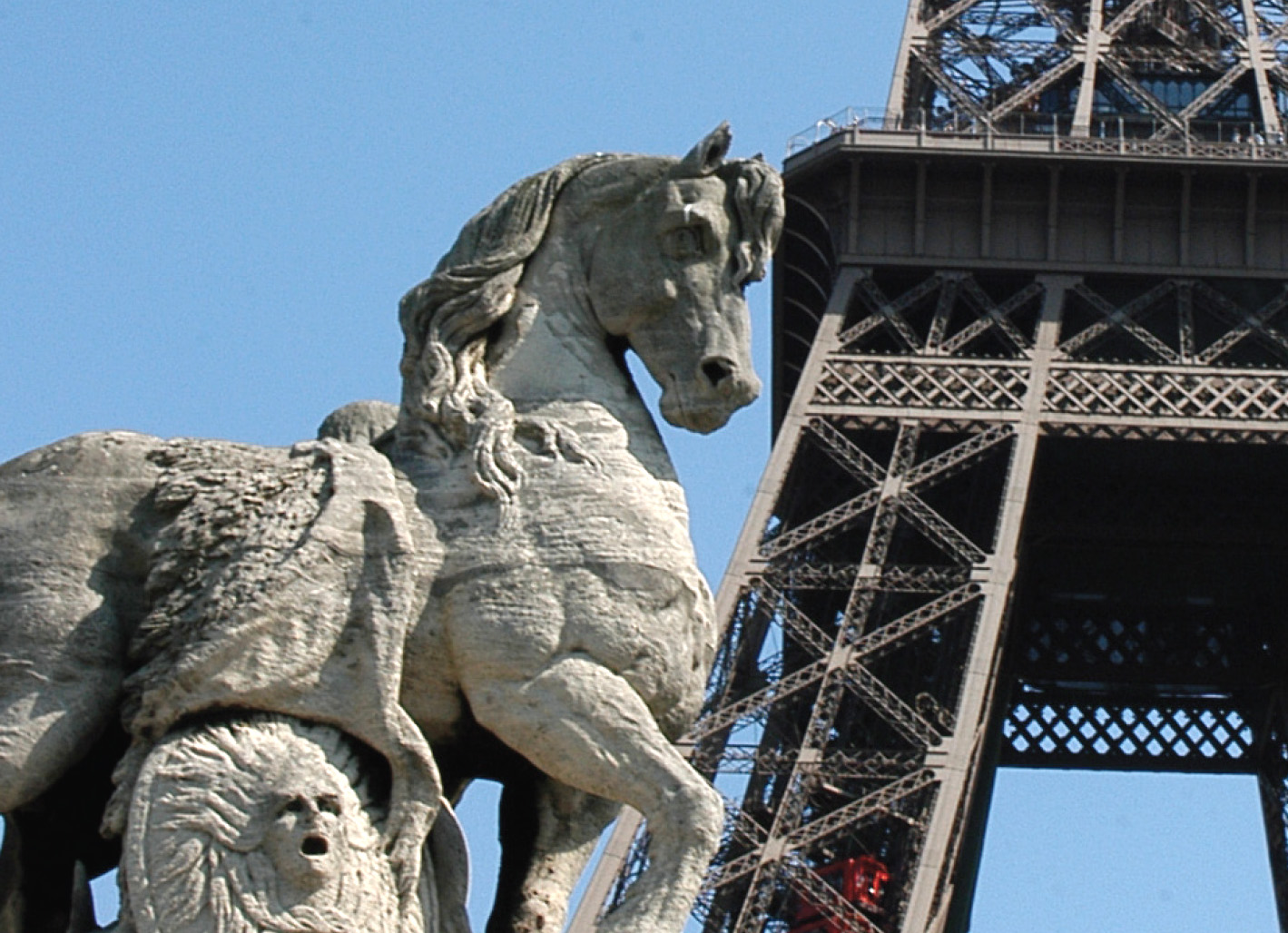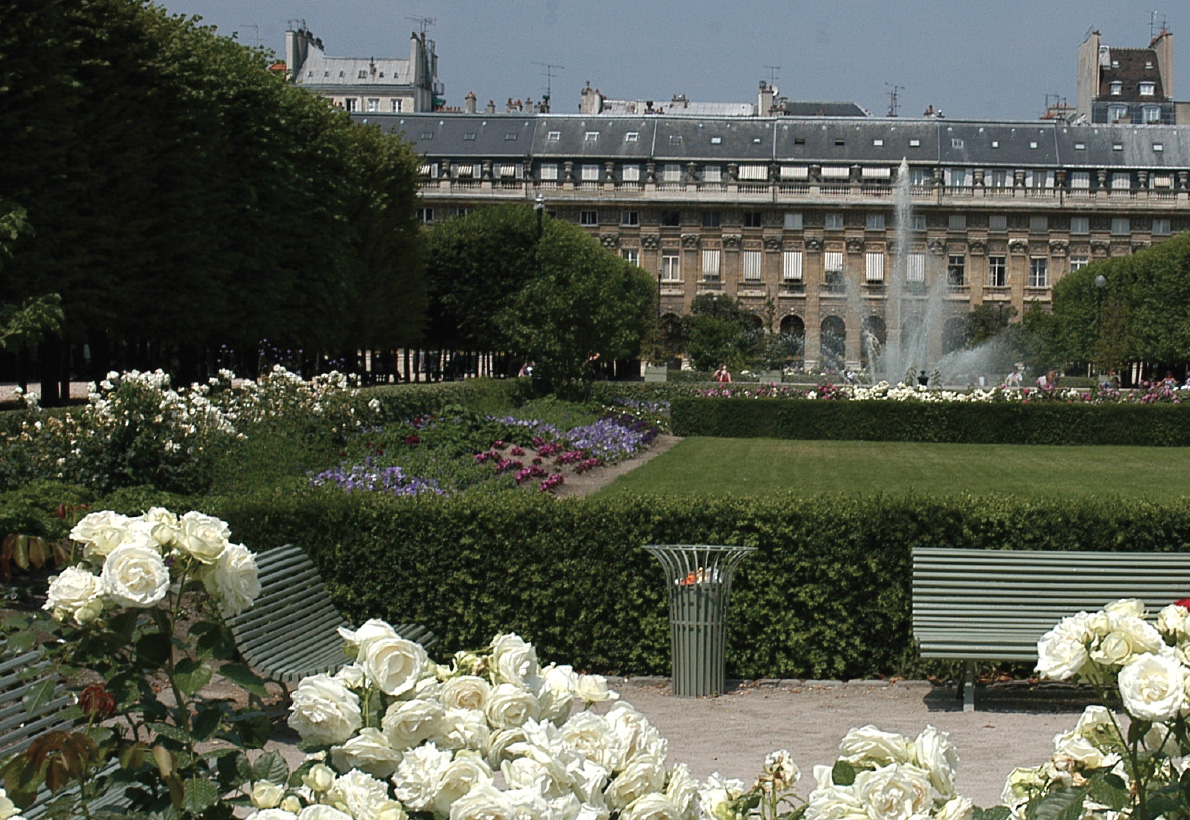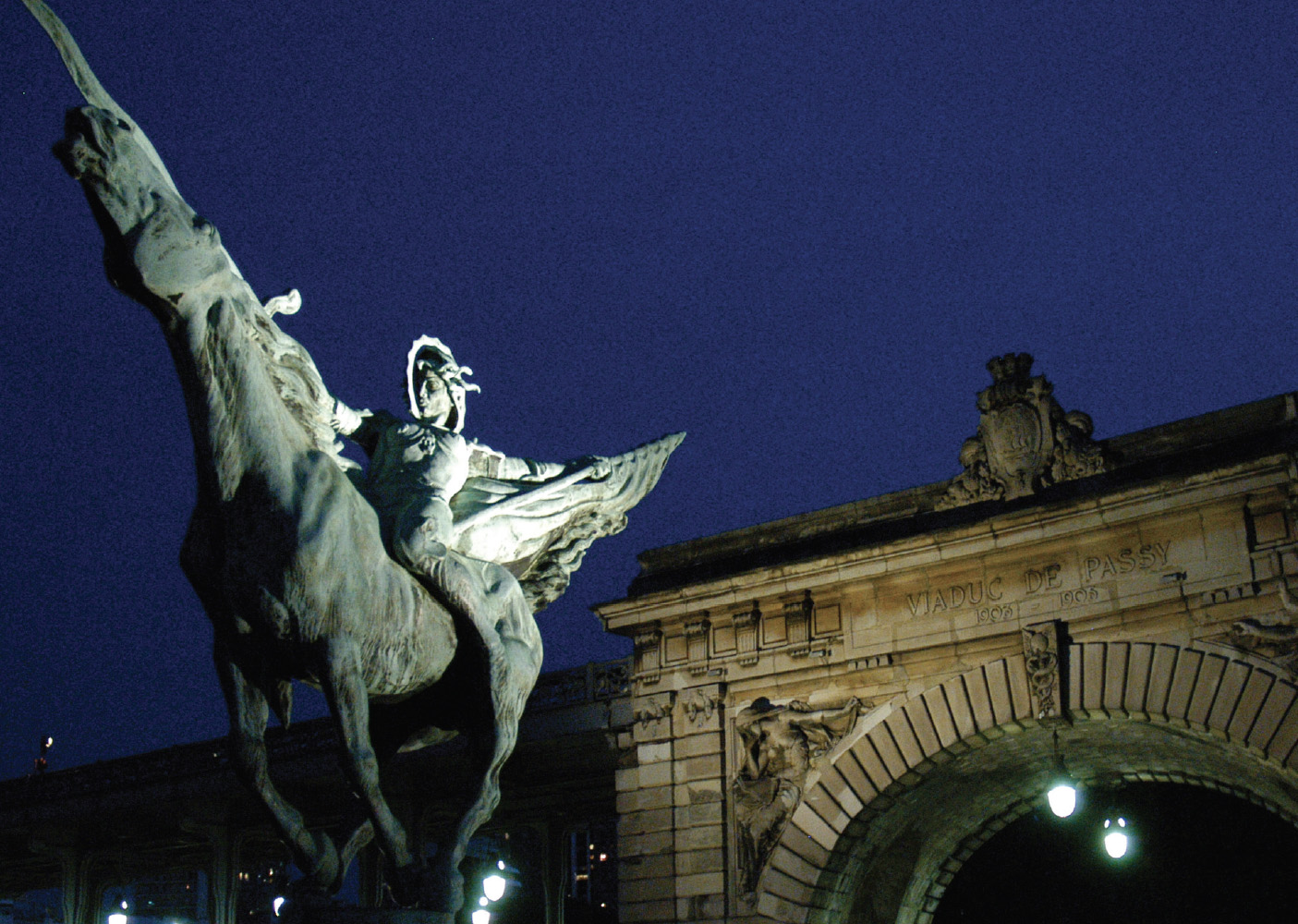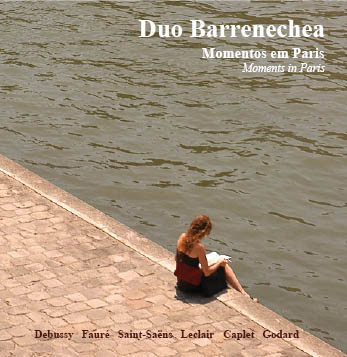
For many centuries, Paris has been one of the most important cultural centers of the Western World, harbouring great artists, among them, famous musicians and composers. Through the works for flute and piano presented in this album, it is possible to glance over genres and styles explored by Debussy, Leclair, Saint-Saëns, Faure, Caplet and Godard in the Cité Lumière.
Parisian musical moments
Claude Debussy (1862-1918), considered one of the greatest composers of Western music, conceived, in 1894, perhaps the most famous example of musical impressionism, Prélude à l´après-midi d´un faune, also important representation of his orchestral style. The prelude is a free illustration of a poem by Stéphane Mallarmé, used by the Russian coreographer and dancer Vaslav Nijinsky, in the controversial ballet performed in Paris em 1912. The work presents fluctuating and vague meter, exotic orchestral timbres, and ambiguous tonal center. Gustave Samazeuilh, in his reduction for flute and piano, made in 1925, manages to be faithful to the treatment of timbres, textures and character of the original version, creating a nice balance between the two instruments, as well as a fair distribution of thematic material, preventing the piano from having a mere accompanying role.
Gabriel Faure (1845-1924), one of the great names of French music, studied in Paris at the Ecole Niedermeyer. He was a pupil of Saint-Saens, and became well-known by his piano works, songs, and chamber music. The Fantaisie op. 79, dedicated to Paul Taffanel was written as a contest piece for the Conservatory. With a bisectional structure, this work offers to the flutist a chance to explore technical and expressive aspects of the instrument, alternating contrasting moments of lyrism and virtuosism, and to the pianist a fine and idiomatic writing. Morceau de concours, also written for the same competition as a sight-reading piece, is a simple piece, of delicate texture, which presents no technical demands for both instruments, however requires from the performers extreme sensitivity, so its long phrases sound fluent and continuous.

Jean-Marie Leclair (1697-1764) occupies an important place in the development of violin music in France. Leclair´s style reflects the unification of Italian and French styles in a new synthesis, the so-called goûts-reunis. He is chiefly known for his violin music and particularly for his four published sets of 12 violin sonatas each. However, nine of these 48 violin sonatas indicate by their title, qui peut jouer sur la flute allemande, that they could also be played with the flute. This was mostly because of the wide use of an instrument that have became popular among professionals and amateurs. There is another possible reason for Leclair´s indication, which was the influence of the celebrated flute virtuoso Michel Blavet (1700-1768) in the Parisian musical scene. They often performed together at the Concers Spirituel, between 1731 and 1735, and it seems probable that Leclair wrote these sonatas having Blavet´s playing in mind. The Sonata in G major, op.9, nº 7, is part of his Quatrieme Livre de Sonates, dedicated to Princess Anne of Orange, and published in 1743. Three out of its four movements are true rococo, and only the Aria, a typical doublé rondeau, is reminiscent of Rameau´s French Baroque style.
Camille Saint-Saëns (1835-1921) was a composer who showed musical precocity both as a pianist and as a composer. He studied at the Paris Conservatory and became a great organist, working at Madeleine in Paris for almost twenty years. Fauré e Duparc were among well-known composers who studied with him at the Ecole Niedemeyer. As a composer, he presents a polished and elegant style, attached to the formal classical tradition. Romance Op. 37, originally written for flute and orchestra, is a simple work, very expressive and well-structured, with a theme developed in a section marked by scalar passages, leaps and declamatory moments, that returns to the lyrical atmosphere of the beginning.


The CD "Moments in Paris" is avalable at: